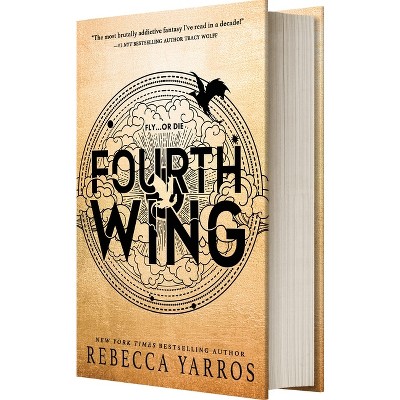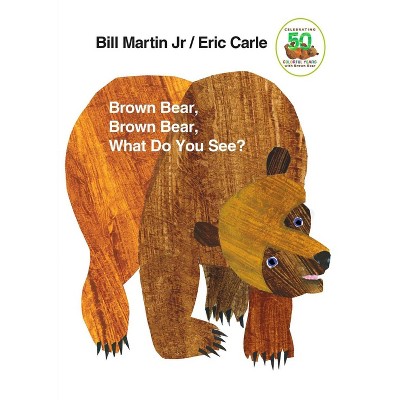Understanding Hamlet - (Greenwood Press Literature in Context) by Richard Corum (Hardcover)

About this item
Highlights
- Shakespeare's Hamlet, regarded by many as the world's most famous play by the world's most famous writer, is one of the most complex, demanding, discussed, and influential literary texts in English.
- About the Author: RICHARD CORUM teaches English at the University of California at Santa Barbara.
- 296 Pages
- Study Guides, Book Notes
- Series Name: Greenwood Press Literature in Context
Description
About the Book
Shakespeare's Hamlet, regarded by many as the world's most famous play by the world's most famous writer, is one of the most complex, demanding, discussed, and influential literary texts in English. As a means of access to this play, this unique collection of primary materials and commentary will help student and teacher explore historical, literary, theatrical, social, and cultural issues related to the play. In an approach unique for this series, Corum guides the reader through a literary analysis of Hamlet's options. He examines the popular theatres of the day in which Shakespeare and his company first produced Hamlet and discusses the genre of tragedy in which it is written. Through judicious selection of primary historical documents, the work provides contexts for understanding Hamlet's melancholy, the ghost of Hamlet's father, the theme of revenge, and Hamlet's feigned madness. Chapters on Gertrude and Ophelia illuminate these characters in the context of the play and early modern English culture.
Each chapter contains a variety of materials, many of which are not readily available elsewhere: essays, poems, histories, treatises, official documents, stories, religious tracts, homilies, memoirs, engravings, village records, and fifteen illustrations. An explanatory introduction precedes each document. Each chapter concludes with study questions, topics for written and oral exploration, and a list of suggested readings. This casebook will enrich the reader's understanding of the play and the context in which it was written.
Book Synopsis
Shakespeare's Hamlet, regarded by many as the world's most famous play by the world's most famous writer, is one of the most complex, demanding, discussed, and influential literary texts in English. As a means of access to this play, this unique collection of primary materials and commentary will help student and teacher explore historical, literary, theatrical, social, and cultural issues related to the play. In an approach unique for this series, Corum guides the reader through a literary analysis of Hamlet's options. He examines the popular theatres of the day in which Shakespeare and his company first produced Hamlet and discusses the genre of tragedy in which it is written. Through judicious selection of primary historical documents, the work provides contexts for understanding Hamlet's melancholy, the ghost of Hamlet's father, the theme of revenge, and Hamlet's feigned madness. Chapters on Gertrude and Ophelia illuminate these characters in the context of the play and early modern English culture.
Each chapter contains a variety of materials, many of which are not readily available elsewhere: essays, poems, histories, treatises, official documents, stories, religious tracts, homilies, memoirs, engravings, village records, and fifteen illustrations. An explanatory introduction precedes each document. Each chapter concludes with study questions, topics for written and oral exploration, and a list of suggested readings. This casebook will enrich the reader's understanding of the play and the context in which it was written.About the Author
RICHARD CORUM teaches English at the University of California at Santa Barbara. His field of expertise is English Renaissance literature, especially Shakespeare, on which he published essays on Henry V and Love's Labour's Lost. He has also published an essay on Milton's Paradise Lost.Shipping details
Return details
Trending Poetry





